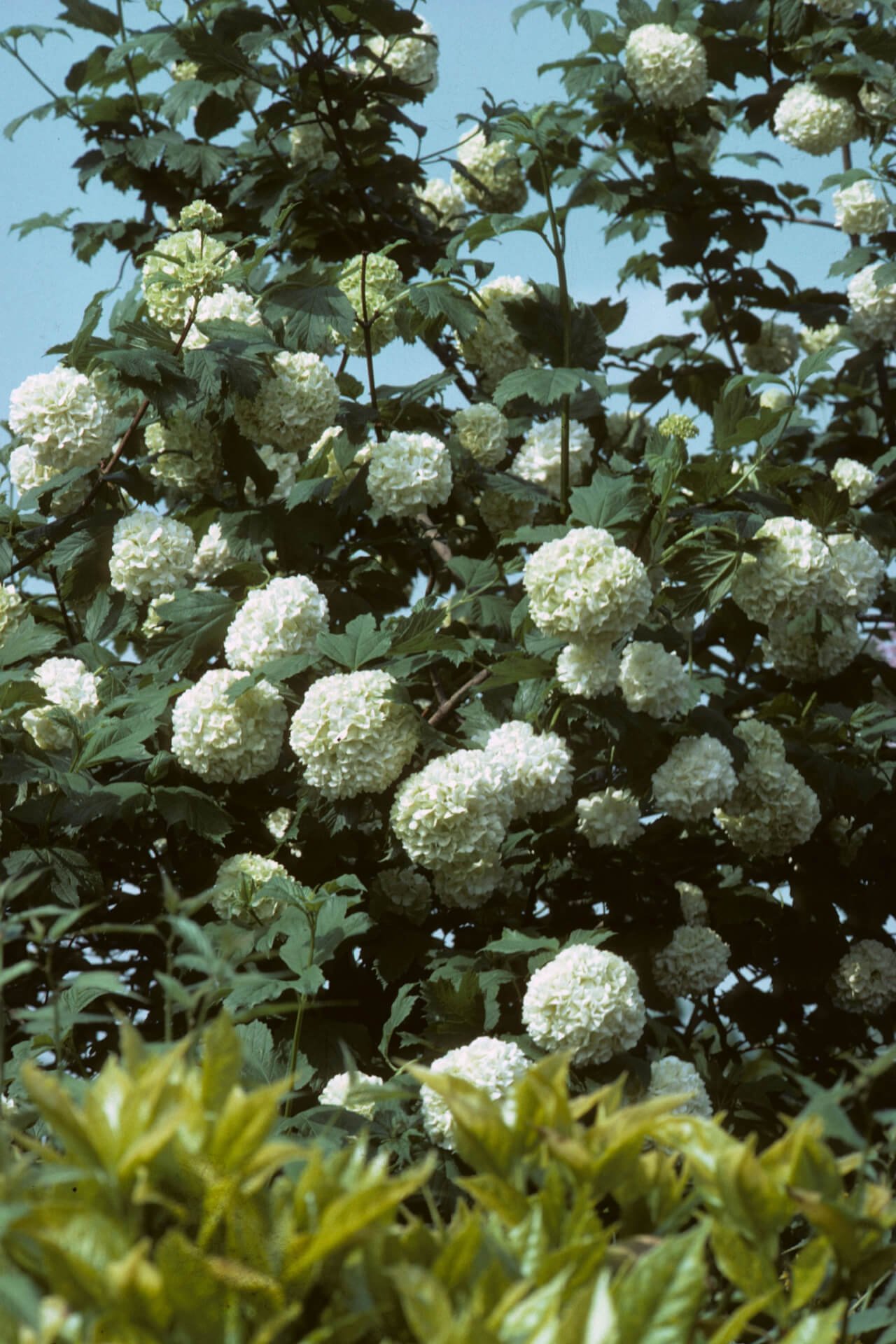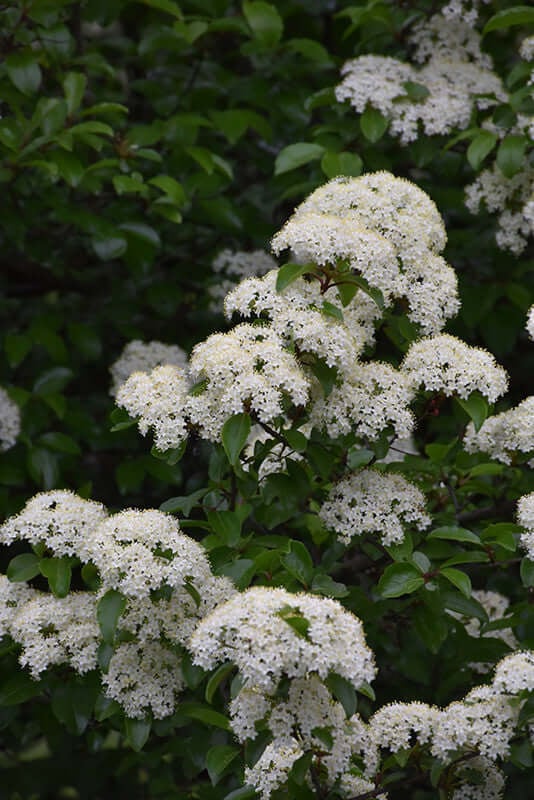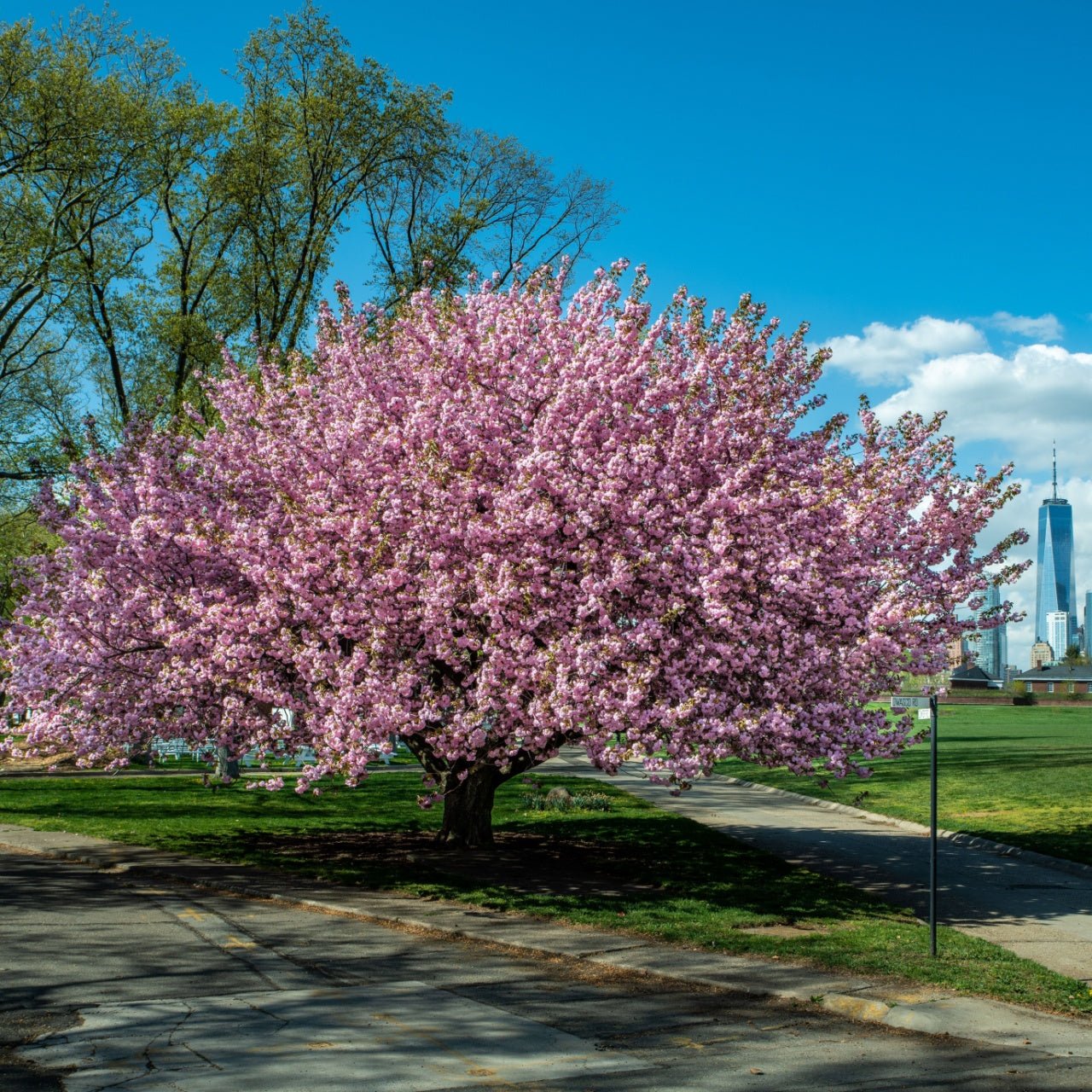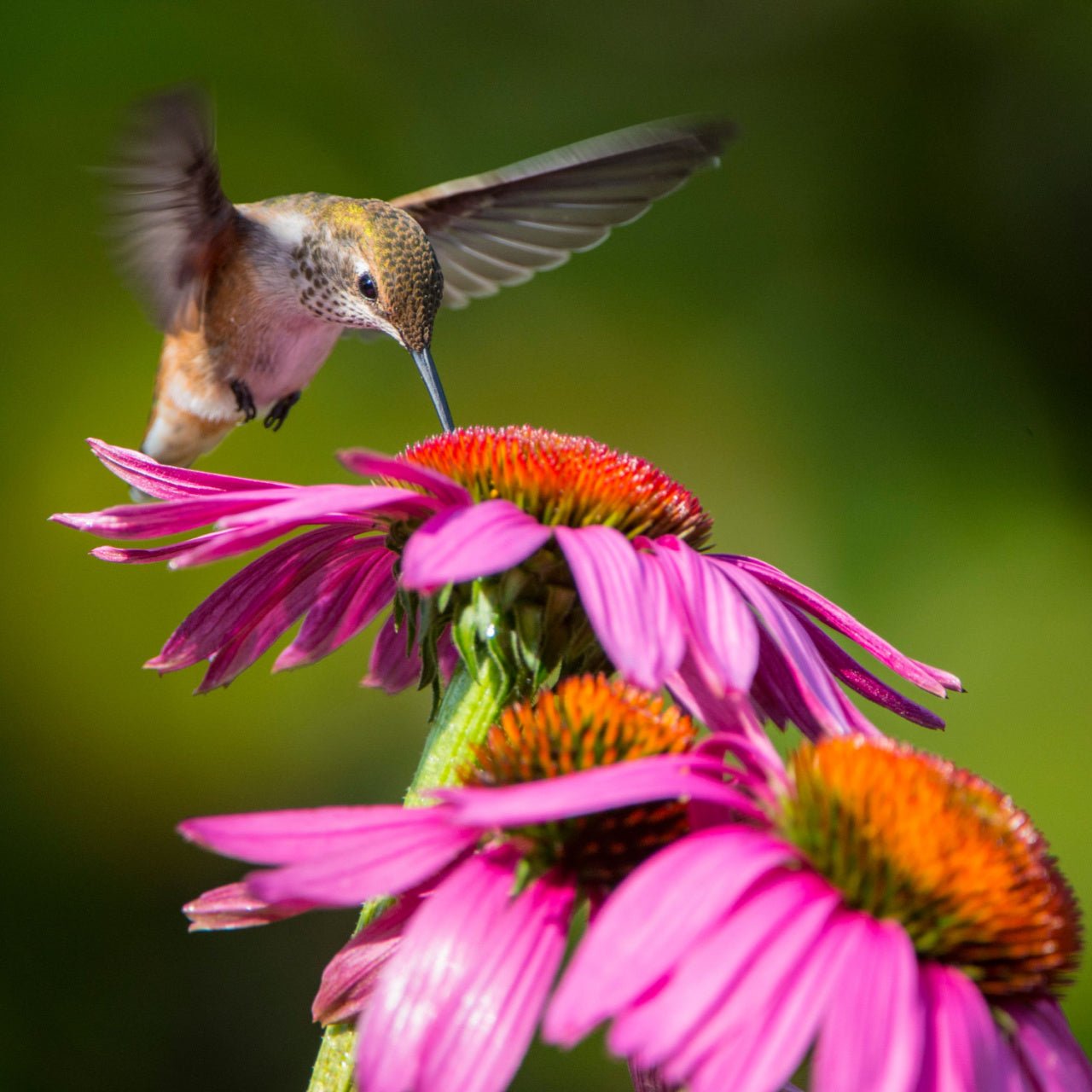



Black Haw Viburnum
Attracts birds and beneficial pollinators
Resilient in various soil types
Beautiful, fragrant white spring flowers
Thrives in
ZONE 3ZONE 4ZONE 5ZONE 6ZONE 7ZONE 8ZONE 9This plant ships:
November 20251 Year Guarantee on all plants
Black Haw Viburnum - Viburnum prunifolium
Black Haw Viburnum (Viburnum prunifolium) is native to central and eastern North America where it can be found growing naturally across many settings such as thickets, along streambanks and within moist woodlands. It is deciduous, with a suckering, multi-stemmed upright habit; however, it can be grown with a single trunk as a small tree.
In the spring, this shrub develops ovate leaves with finely serrated edges. Along the main vein of each leave, the sides bow up creating a boat-like shape. The scientific name prunifolium pays homage to the fact that the leaves resemble leaves of the Black Cherry (Prunus).
Plant Details - Black Haw Viburnum
Family: Adoxaceae
Hardiness Zones: 3 to 9
Light Requirement: Full sun to partial shade
Water Needs: Low to moderate
Height: 12-15 ft, can reach up to 30 ft
Spread: 6-12 ft
Growth Rate: Moderate
Bloom Time: Mid to late spring
Flower Color: Creamy white
Wildlife Value: Attracts bees and other pollinators, birds and mammals eat the berries
After the spring flush of foliage, the Black Haw Viburnum produces clusters of elegantly gentle, creamy white flowers which have a sweet and delightful fragrance that is attractive to a myriad of pollinators. The flowers give way to bright magenta-colored berries that mature to dark purple or black. The berries persist through the autumn and create a notable contrast to the rusty red, purple, orange, and yellow colors of the senescing leaves.
The berries are a favorite for local bird life and are edible for humans as well. To enjoy for yourself, pick the berries when they are mature and purplish black in color. They have a sweet, raisin-like taste when ripe. Use them to make jams and jellies or add them fresh to muffins or other baked goods.
Landscape Uses and Maintenance - Black Haw Viburnum
This multifunctional shrub is easy to grow and makes an attractive addition to a mix shrub border or hedge, or it can be grown as a specimen. It can easily be pruned into a tree form or left as a shorter multi-stemmed shrub. The size varies depending on how it is grown. When growing as a small tree, it can reach heights of 30 ft tall whereas when grown as a multi-stemmed shrub, it grows to a maximum of 15 ft.
It grows well in full sun to part shade conditions. It can also grow in deep shade but may not bloom reliably. It prefers well-drained, dry to medium moisture soil. Once established, it is drought tolerant. This plant normally has no serious pest or disease issues.
Noteworthy Characteristics
Easy to grow, edible fruit, attractive for wildlife.
Plant this versatile, easy to grow and reliable shrub in your garden and provide delicious berries for yourself and your local wildlife to enjoy. Shop for Black Haw Viburnum shrubs online at TN Nursery. For 68 years, we have served the landscaping industry and homeowners with specimen plants.
This Is How Your Plants Will Look upon Delivery

Bloom Season
Spring
Bloom/Foliage Color
White
Height at Maturity
Over 10 Feet
Care
Black Haw Viburnum (Viburnum prunifolium) thrives in sun to shade and well-drained, loamy soil. Water regularly during dry spells, and apply mulch to retain moisture. Prune after flowering to maintain shape. It's drought-tolerant once established.
Plant Reproduction
Green Black Haw Viburnum spreads via suckers and dense growth.
Plant bare-root shrubs during the more excellent spring or fall months, from November through April. Dig a hole twice as wide as the root system and slightly more profound than its height. Position the shrub so that the top of the roots is level with the ground, and put back the soil dug over the roots. Apply a 2-3 inch layer of mulch around the base to retain moisture and suppress weeds, ensuring the mulch does not touch the shrub's stem. Water regularly, especially during the first year, to establish strong roots. Prune shrubs as needed to promote healthy growth. In the spring, fertilize with a balanced, slow-release fertilizer suited to the specific needs of the shrub.
Shipping date depends on the date displayed and chosen when you order from the product's page.
We only accept returns on plants verified dead. If you think your plants have died, we offer a 1 year warranty, please use this File a Claim Link to verify dead plants and start with return warranty process.





.png?v=1722012658360&em-origin=cdn.accentuate.io&em-format=auto)
Elegant Blossoms:
Black Haw Viburnum showcases clusters of creamy white flowers that add sophistication and beauty to your landscape. These fragrant blooms are a magnet for butterflies and bees, making your garden a lively and attractive spot.
Wildlife Attraction:
Known by gardeners as nannyberry or plum leaf viburnum, this plant produces berries that attract a variety of wildlife. Birds such as cedar waxwings, northern cardinals, and robins, along with ruffed grouse, find the berries irresistible.
Showy Berries:
After flowering, the plant produces striking dark berries that stand out against the foliage. These berries add visual interest and can attract various birds to your garden. Their color contrasts beautifully with the plant’s green leaves.
Attractive Foliage
Black Haw Viburnum boasts lush, glossy leaves that provide year-round greenery. Its foliage turns a rich, vibrant color in the fall, adding seasonal interest to your garden. This plant’s aesthetic appeal enhances any landscape.
Caring Tips
How do I care for my Black Haw Viburnum?
Each box contains detailed care instructions and information about your product. But here's the basics.
Care Tips
Black Haw Viburnum (Viburnum prunifolium) thrives in sun to shade and well-drained, loamy soil. Water regularly during dry spells, and apply mulch to retain moisture. Prune after flowering to maintain shape. It's drought-tolerant once established.
Light Requirements
Black Haw Viburnum (Viburnum prunifolium) flourishes in full sun to partial shade. It favors at least 4-6 hours of direct sunlight daily but can tolerate some shade, making it versatile for various garden settings, from sunny spots to lightly shaded areas.
Hardy Planting Zones
3 • 4 • 5 • 6 • 7 • 8 • 9
Header
Use this content to share information about your store and products.
Frequently Asked Questions
How often should I water my plants?
How do I know if my plant is getting too much or too little sunlight?
What should I do to prepare my plants for winter?
What are the signs that my plant needs fertilizing?
How can I prevent pests from damaging my plants?
How do I choose the right plant for my climate zone?






